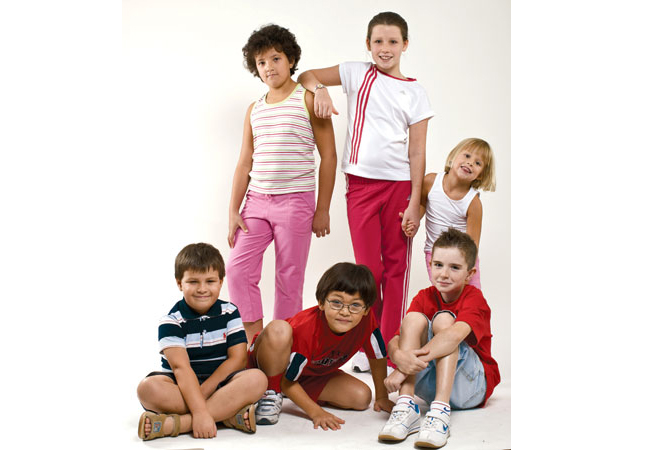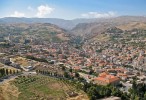He adds: "We offer facilities for both kids and adults but probably around 80% of our profit is generated from children.
"We're in many venues but our main contract is with Global Education Management Systems (GEMS), the largest school provider in the city, which has allowed us to really expand our market," says Francis.
Miyan says that recreation facilities would be wise to form similar partnerships with the region's schools: "There's a void in the academic market where facilities that have the space are failing to offer programmed activities for schools during their daytime off-peak hours. You could then engage the support of the schools in getting the message across to kids.
"However, there are environmental conditions which will determine the success of initiatives, such as traffic. If it takes 25 minutes to get to a club, it will be seen as a waste of time. Also, ideally schools should be driving fitness awareness but they seem more focused on academia," adds Miyan.
"If the authorities in the Middle East wish to avoid health care costs and an inactive, unhealthy society, they need to invest in children's activity programmes," says Dick.
"Our interactive products have been massively received by fitness club owners in other parts of the world, primarily in the UK and the US, where obesity in kids is a problem and family time is paramount.

| Advertisement |
"Having options for children in health clubs gives everyone the chance to exercise collectively or at least train together in the same facility," adds Dick.
"It's also evident that when children see parents taking steps towards a healthy lifestyle, they're likely to follow suit," he says.
Miyan concludes, saying that the most effective way of breaking into the next-generation market is to tag children's fitness onto an existing leisure facility that the parents are already taking advantage of.
"Then you're offering a complete family solution," he explains.
"I think one of the greatest challenges we have as operators is ensuring that the directors understand that although the initial investment in kids' leisure is very large, it will pay massive dividends in the long run."
With thanks to Ciara Murray, James and Kimberly Cox, Lewis Granger, Matilda Barron, and Tariq and Yasmine Kandil.
A five-year investment in kids' activities costing US $2 million paid off for a US recreation centre, which saw a staggering revenue boost of 120%.
"One of the best examples of the impact that attracting families can have on a club's revenue growth is Silverlake, The Family Place in greater Cincinnati," says CEO of White Hutchinson Leisure and Learning Group Randy White.
"When our company started working with them as a client six years ago they were a traditional fitness, health and indoor-swim club with a singles-based membership programme, called Silverlake Recreation Centre.
"Based on market research, we identified the opportunities of repositioning the centre to attract the family market. Over the next five years both the programming and design for the centre was totally changed," adds White.
"Family changing and rest rooms were added. Drop-off children's play and entertainment centres were created for different age groups, infants, toddlers to three-year-olds, and four- to eight-year-olds.
"Children's spray-pad water features were added to the indoor swimming. Friday-night family programmes were developed. A café and birthday-party rooms were added, and the club was renamed.
"As a result, from the end of 2002 to the end of 2007, the number of memberships increased by 18%, the number of members by 77% and total revenues increased by 120%. US inflation during the entire five-year period was only a total of 15%," says White.
"The number of members and the amount of revenue increased at a far greater rate than memberships, as many members switched from single memberships to much more expensive family memberships," he adds.









 Search our database of more than 2,700 industry companies
Search our database of more than 2,700 industry companies









